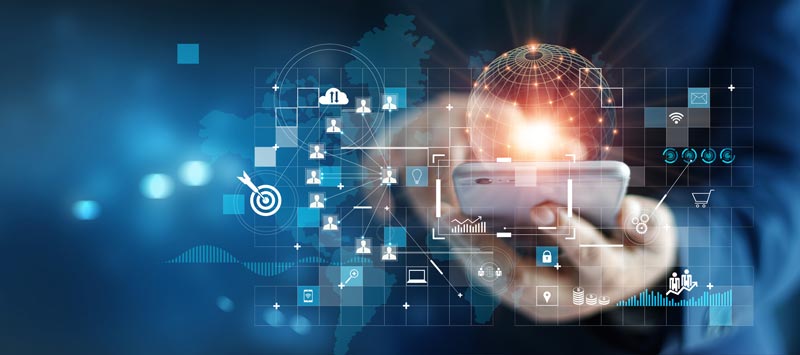A key step toward modernizing business-to-business (B2B) payments involves achieving widespread adoption for businesses to exchange electronic remittance (e-remittance) information – or details about a payment – with each other. This is a challenge as remittance information is often sent in an unstructured format and is detached from the delivery of the payment.
The Federal Reserve has collaborated with the industry, including the Business Payments Coalition (BPC), to enable the widespread exchange of e-remittance information between businesses.

Until now, the retrieval of remittance information has been a largely manual process. However, momentum is building to solve this issue, promote adoption of e-remittance data and modernize the B2B exchange of information.
While the remittance solutions landscape is still evolving, e-remittance capabilities play a strong role in reducing payment application costs and improving overall efficiency. All companies, regardless of size, can benefit from the modernization of remittance information to help reduce payment application costs and improve efficiency.
One of the key steps to achieving ubiquitous B2B electronic payments in the United States is establishing a standard way to send electronic invoices (e-invoices) and e-remittance data between businesses. An exchange framework, imagined by the BPC, is a way to do just that. This framework allows for improved payments efficiency by transforming processing of B2B payments from a fragmented, multi-step process to an automated one that, ideally, achieves straight-through-processing. The infographic below details how exchange frameworks allow for the widespread exchange of e-invoice and remittance data.

Progress Towards E-Remittance Exchange
Many organizations are currently involved in advancing e-remittance capabilities. In early 2022, the Accredited Standards Committee X9’s ISO 20022 Market Practices Forum released the ISO® 20022 Remittance Content Market Guide to clarify what ISO 20022 remittance information to use with B2B payments. Read more about what’s included in the guide, why it matters and how this guide will further advance straight-through processing for B2B payments.
In June 2022, industry participants of the Fed and BPC’s Remittance Delivery Assessment Work Group found it feasible to establish a remittance exchange framework, similar to the e-invoice exchange framework. In June 2022, industry participants of the Fed and BPC’s Remittance Delivery Assessment Work Group found it feasible to establish a remittance exchange framework, similar to the e-invoice exchange framework. The work group recommended the industry proceed with a validation phase to further confirm the fit for purpose for supporting remittance information delivery. From September 2023 through June 2024, the BPC conducted an E-remittance Exchange Pilot where industry participants came together to exchange e-remittance information via an exchange framework. The success of the pilot testing confirmed that an exchange framework supports the sending, receiving and automation of e-remittance information, which moves the industry closer to achieving straight-through processing.
